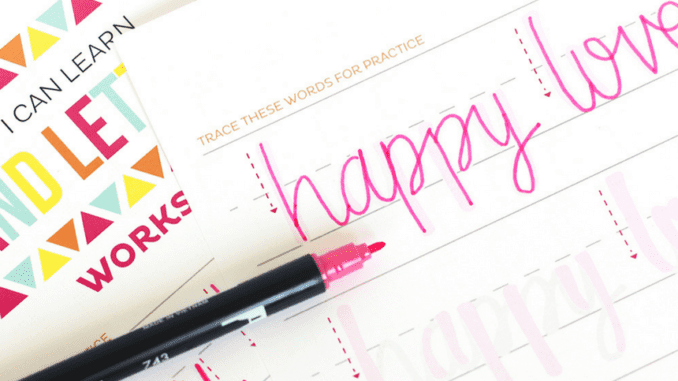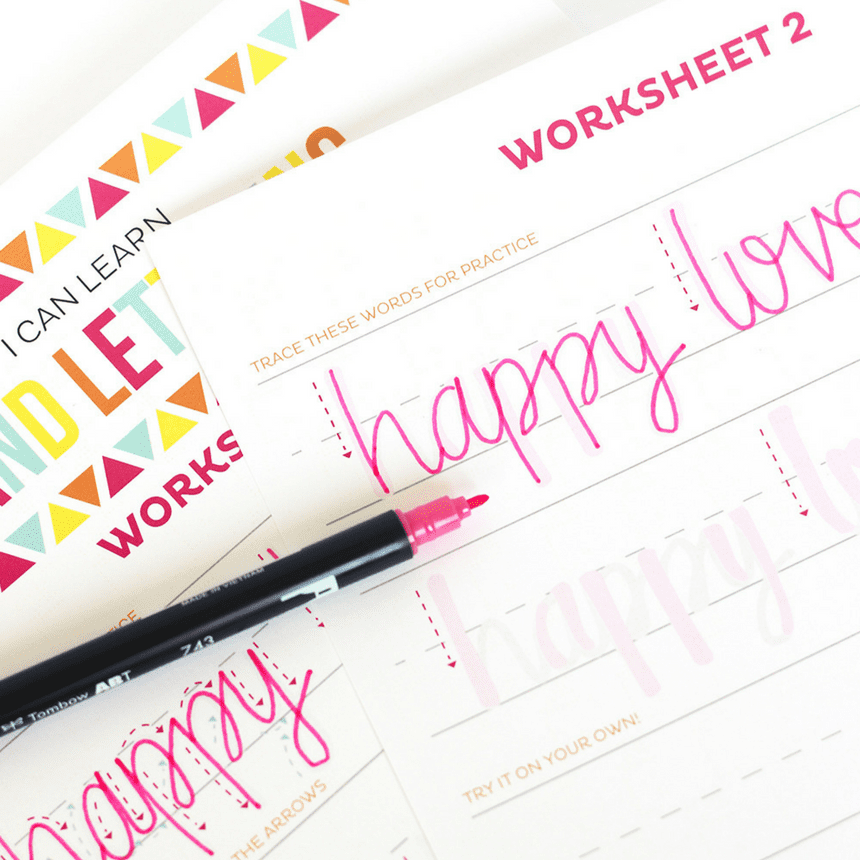
by Marcus Goh and Adrian Kuek
If you’re a concerned parent looking for tuition classes for your child, you’ll always ask to look at worksheets. After all, that will be what your child brings home, and it’ll also be what they’re looking at half the time. Most tuition centres nowadays also have their own in-house materials (rather than using assessment books) to further differentiate themselves.
But do you really know what to look out for when you ask to see a tuition centre’s worksheets? Just because a worksheet is difficult doesn’t make it a good one — a Primary 6 worksheet would be difficult for a Primary 3 student, but that doesn’t necessarily mean it’s good for the Primary 3 student. Here are five things to look out for to tell if a tuition centre’s worksheets are good.

1. Grammatical errors
The quickest test is to check for grammatical errors. If there are, it usually means only one person is writing all the worksheets, nobody has vetted them, or worse, the writer has a poor command of English. Error-free worksheets give you the assurance that the curriculum writers and the tuition centre take pride in their work.
Note that minor errors are understandable — writers are still human, after all, and even school textbooks have errors sometimes. It’s major gaffes that you need to worry about, like blatant subject-verb agreement errors, duplicated sentences or missing words.

2. Relevance to the Singapore context
Another thing to look out for is whether the terms used are relevant in Singapore’s context. For instance, does it talk about U.S. dollars or euros? Miles and ounces? Penknives or boxcutters? Copying content from local assessment or guide books is easy for experienced educators to spot, but what some unscrupulous writers do is to copy worksheets wholesale from other countries. What they sometimes forget to do is to adapt it to local context, and this is one way you can look out for them.
So, if there are one too many terms that sound foreign to you, it’s a sign that the worksheet was plagiarised or ‘heavily adapted’ from overseas sources.

3. Ask if the worksheets are aligned to the latest syllabus and exam format
This requires you to do a little homework first (yes, even parents need to do homework sometimes). Go to SEAB (Singapore Examinations and Assessment Board) to study the latest syllabus. Then, check if the centre’s worksheets are consistent with SEAB’s specifications.
Good tuition centres will overhaul their worksheets whenever there’s a syllabus change, and their material will reflect that. However, less diligent centres may continue using outdated materials for a year or more. You don’t want your child getting used to the wrong format and having to cope with a different format in the examination, so it’s imperative that the centre passes this test!

4. Check if examples used are from recent current affairs
Some centres may write excellent worksheets, but the material itself has not been updated for years. Worksheets should be updated regularly to reflect major shifts in opinion and discoveries, especially for English and Science, otherwise students will end up learning outdated information.
For example, if an English worksheet is about Singapore’s swimming scene, check whether it references Joseph Schooling or Ang Peng Siong as the current sporting hero. A Science worksheet should likewise not list Pluto as a planet anymore — it was declassified as one almost 10 years ago!

5. Look for hands-on activities
Finally, check if there are any hands-on activities in the worksheets, and ask the tuition centre about them. A good lesson has a variety of components which improves the rate at which a child learns. After all, if the lesson were just two hours of drills and exercises, you could buy an assessment book and give it to your child to complete at home. Hands-on activities include discussions, puzzles, or segments that go beyond the usual academic exercises.
The only exception to this would be during the exam period, when most tuition centres give practice papers to train students to get used to the extended periods of concentration required for exams.

Remember these five tips the next time you ask to look at a tuition centre’s worksheets and you’ll find yourself making a more informed choice when it comes to selecting a tuition centre for your child. Trying to mentally solve that tricky maths question in the sample worksheet may be fun, but there’re more important things to look out for!
This article was also published on Yahoo!’s Grade Expectations.
Grade Expectations is a weekly feature on education in Singapore. Expect fun activities, useful tips and insightful news on learning. It’s not just about your child’s grades — it’s about raising a great child!
Marcus Goh runs Write-Handed, a creative writing studio. At the same time, he teaches and writes curriculum for English and Literature for Secondary at The Keys Academy. He has been a specialist tutor for English and Literature (Secondary) since 2005.
Adrian Kuek runs Joyous Learning, an enrichment centre that specialises in English, Mathematics, Science and Creative Writing for Primary. He previously served as the academic director of one of Singapore’s largest enrichment centre chains for over seven years.
If you liked the article, follow me on Facebook and Twitter for more (presumably) good updates!
To get in touch with me, send an email!
Leave a Reply